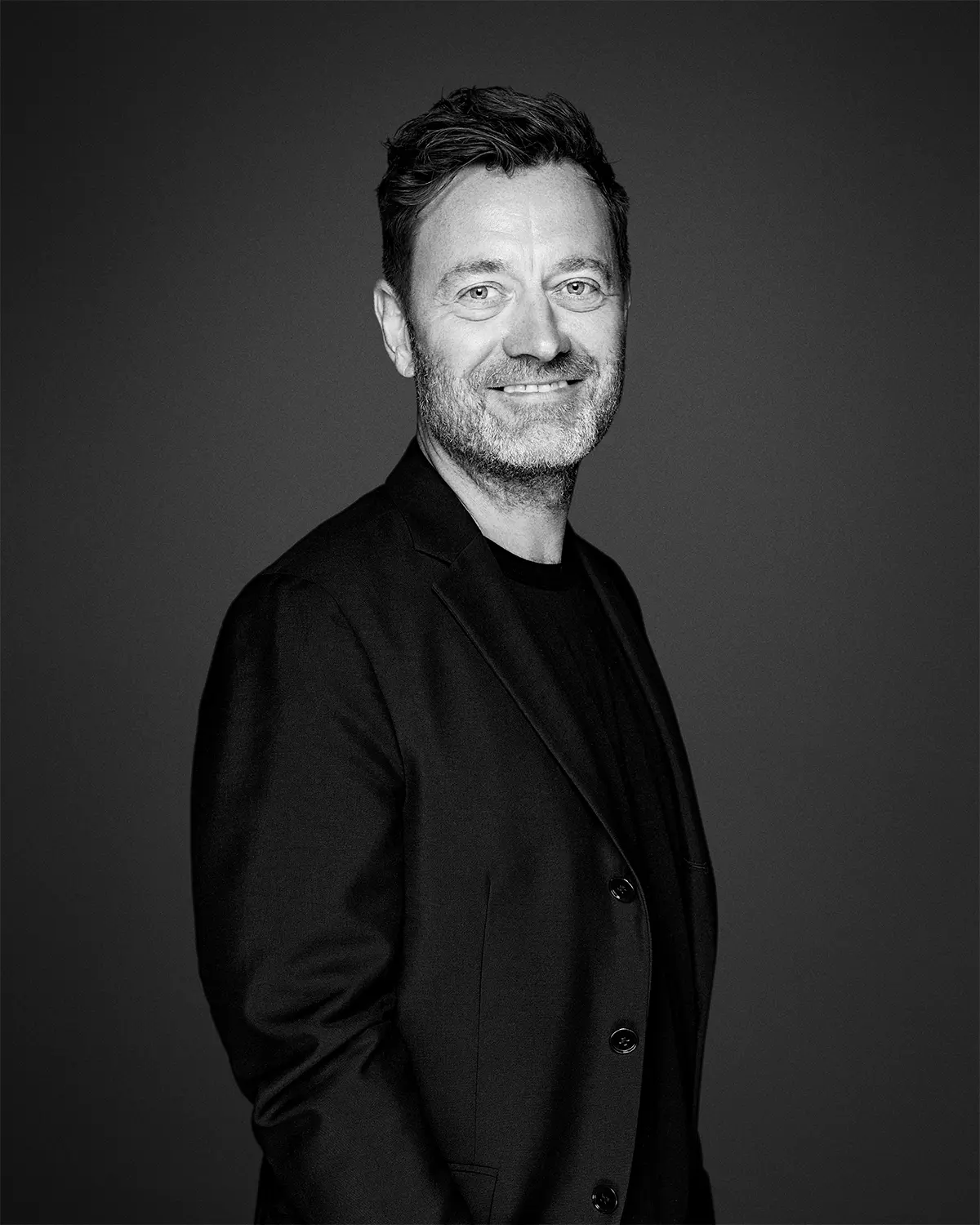From former industry to thriving new neighborhoods

By Jacob Kurek
The number of urban citizens is rapidly growing. To expand, cities across Europe are transforming abandoned industrial sites – so-called brownfields – into vibrant city districts. But how do we develop future-proof communities without leaving history behind? Here is my perspective.
Contact

Jacob Kurek
Managing Director
1. Understand the history of the site to awaken its soul
Understanding everything that came before is necessary to create change in the future. To fully understand the existing built environment of any site, we must turn to the past. Brownfields come with their own unique histories, and it is crucial for the success of any transformation project to understand which qualities to rebirth.
In a brownfield, there is history in the built environment, but also a human legacy to understand. At the Imperial Shipyard (Stocznia Cesarskain in polish) in Gdansk, which we are currently developing together with local Stocznia Cesarska Development, three generations have worked on the shoulders of each other. The crucial task is to honor this while modernizing for the next generations.
Respectfully build on the past, however, try to sustainably rethink the purpose for the future. It is our task as architects and urban planners to distill the heritage of a site, and translate this into a strategy that aligns with the needs of the site’s future users.
2. Stimulate a sense of urban belonging
Any transformation relies on the willingness of citizens to embrace change. Historical references can work as catalysts for public involvement, however, creating a sense of belonging requires more; it calls for people to build relationships with the revitalized urban fabric.
Masterplans are long-term. We don’t want a construction site fence for 15 years. Invite people in from day one to help secure ownership.
As a part of the soil remediation process, an idea could be to establish a sunflower field to naturally cleanse the polluted soil of the site. At the same time, the field could become a temporary cultural attraction and identity mark where visitors are guided through the flowers while listening to the history of the area through their smartphones, and also gets insights to the future plans.
This strategy allows the transformation to begin before construction starts, giving citizens the opportunity to experience what the place will be like five, ten, even fifty years in the future.
3. Create communities rooted in the place
Buildings, landscapes, and infrastructure alone do not make up a community. People do. Therefore, it is essential to enable and sustain urban life in the new area. Stocznia Cesarska Development initiated the place-making activities at the Imperial Shipyard to stimulate the sense of urban belonging and create a growing community for around 3500 residences.
In the redevelopment of the Shipyard, three distinct urban spaces serve as anchors. A sheltered urban park with willow trees that cleanse the ground provides a large re-creative space for visitors and residents. A public square with a unifying feature, ideal for public viewings of movies, is placed close to the square where the signing of the 1980 Gdansk Agreement took place and brought fundamental change to the political structure. And the old harbor dock is preserved as a historical reference to the Imperial Shipyard but is transformed into a swimming pool with purified water.
Introduce functions that create the foundation for a collaborative community. Design a program rooted in the site’s long history of industrial production to offer spaces where local entrepreneurship can flourish; a kayak club, a micro-brewery, coffee roasting facilities, and urban farming. Think in hyperlocal contexts to create a city that hosts life, around the clock. Preferably with roots in the history.
No one benefits from sweeping away what once was. We are all a product of heritage, and when regenerating abandoned sites for future generations, it is a great strength to use history.



